Cleft and Craniofacial Awareness and Prevention Month
Treating cleft lip and palate, and other craniofacial anomalies requires a comprehensive multidisciplinary team. A specialized team collaborates to address the complex medical, functional, and psychosocial needs of patients, ensuring the best possible outcomes. Surgeons play a vital role in repairing the anatomical structures of the lip and palate, aiming to improve both appearance and function.
Speech and Language Therapists (SLTs) play a critical role from the birth of the children in the assessment, diagnosis, and management of communication and feeding difficulties associated with cleft lip and palate and other craniofacial anomalies. Speech and language therapists closely monitor children’s speech and language development, identifying issues such as hypernasality and velopharyngeal disfunction, articulation errors, and language delays. Early intervention can significantly improve a child's communication skills, which in turn supports academic achievement and social integration. SLTs also empower families with strategies and home exercises that reinforce therapy goals.
For families, the journey can be filled with uncertainty and emotional stress. Working with SLTs and the team helps parents understand their child’s development, learn how to support progress at home, and feel more confident in navigating the care process. Many families report that speech therapy not only improves their child's communication but also strengthens family dynamics and reduces anxiety.
Below, you will find the Awareness Month messages from Mr. Gareth Davies, Executive Director of the European Cleft Organization, and Ms. Sahra Mengal, Chair of the European Speech and Language Association. We extend our sincere thanks to both for their kind contributions.
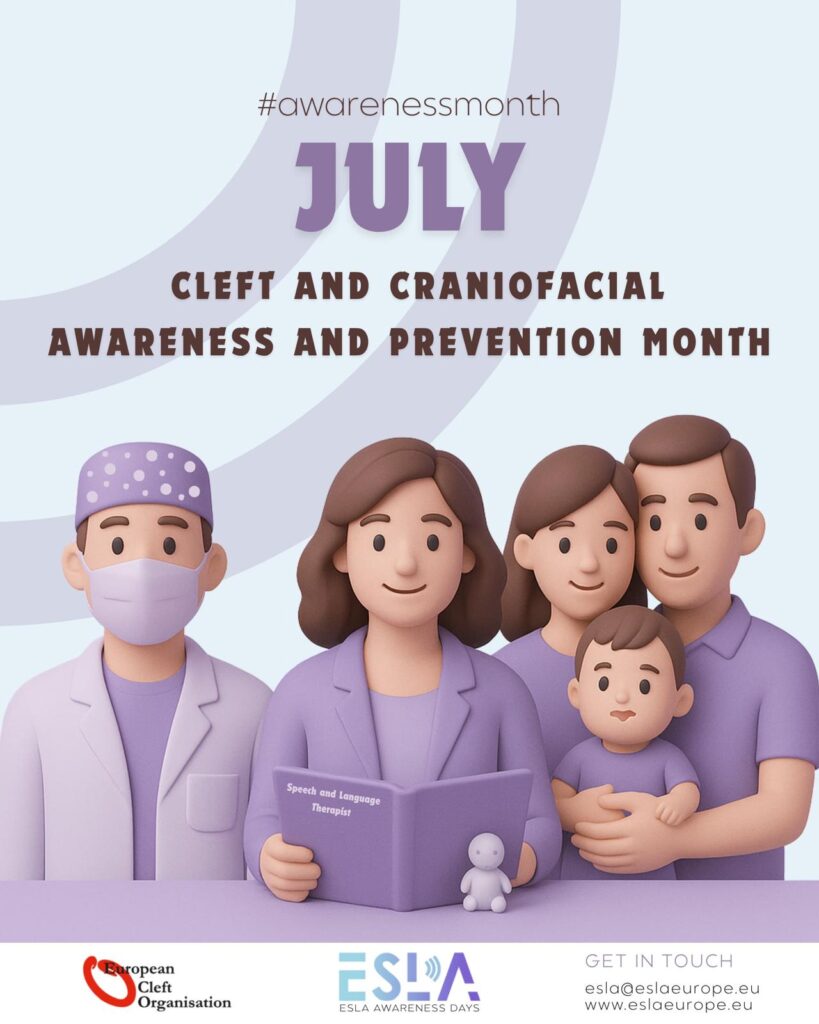
European Cleft Organization for the Cleft and Craniofacial Awareness and Prevention Month
In Europe around 1 in 700 babies is born with cleft lip and/or palate, the most common congenital anomaly of the head and neck region. The incidence is approximately 1,6 per 1 000 live births, but there is some variance across Europe. Estimates indicate there are over 900 000 individuals (babies, children, and adults) with clefts in Europe – that is more than the population of Brussels, so a significant figure, especially when one considers that not only the individuals but also their families are affected in terms of psychosocial adjustment and having to endure the burden of a long treatment pathway.
In some cases, the cleft may be associated with other problems which need specialist management and these need to be identified early. Accurate diagnosis (antenatal or post-natal), the provision of appropriate information and support for the family, and the establishment of a structured care pathway, especially in the early months, will ensure that these infants thrive and develop like all other children.
Children born with a cleft palate have an altered speech mechanism with an abnormal opening between the oral and nasal cavities. Where there is a cleft of the hard palate, the tongue has no surface against which to place the tongue to make the consonant sounds of the language. Even with timely surgery in infancy, children are at risk for speech and language difficulties and young children experience delay compared to their non-affected peers. Around half of all children born with a cleft palate will need speech and language therapy but this is not readily available in many parts of Europe. The concept of a comprehensive specialist-team approach to cleft care is not universal but in recent years there has been agreement on the ‘gold standard’ approach to cleft care with the development of evidence based clinical practice guidelines via the European Reference Network for Craniofacial Anomalies, (ERN CRANIO) a network of EU approved specialist cleft and craniofacial centres. However, the ability of centres to deliver all aspects of multidisciplinary care, including speech and language therapy, is limited not only by lack of funding, but also availability of specialist expertise.
Gareth Davies
European Cleft Organization
Executive Director
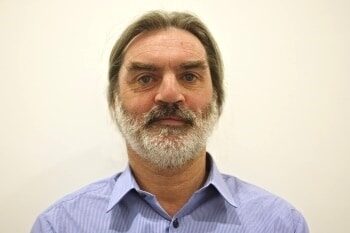
ESLA for the Cleft and Craniofacial Awareness and Prevention Month
ESLA warmly welcomes the statement from the Executive Director of the European Cleft Organization and shares the commitment to improving the lives of individuals born with cleft lip and/or palate across Europe. As highlighted, cleft is one of the most common congenital anomalies, with significant impact not only on the individual but also on their families.
We echo the importance of early and accurate diagnosis, coordinated care, and robust family support in achieving optimal outcomes for these children. As speech and language therapists, we are acutely aware of the challenges faced by children with cleft palate, lip palate and other craniofacial anomalies —particularly in developing speech and communication skills. These challenges often persist despite early surgical intervention and require targeted, specialist therapy to support intelligible speech development and overall communication confidence.
It is deeply concerning that access to speech and language therapy remains inconsistent across Europe. ESLA fully endorses the vision of a multidisciplinary, evidence-based approach to cleft care, as advanced by the European Reference Network for Craniofacial Anomalies (ERN CRANIO). However, we recognize that this vision cannot be realized without investment in specialist training, resources, and long-term strategic planning to build capacity in our workforce.
We call on policymakers, healthcare leaders, and professional bodies to prioritize equitable access to speech and language therapy within cleft care pathways. This includes recognizing the vital role of SLTs within multidisciplinary teams and ensuring their inclusion from the earliest stages of care. We look forward to continued collaboration with the European Cleft Organization and other stakeholders to advance comprehensive, accessible, and high-quality services for all individuals affected by cleft across Europe.
Sahra Mengal
Chair of the European Speech and Language Therapy Association (ESLA)
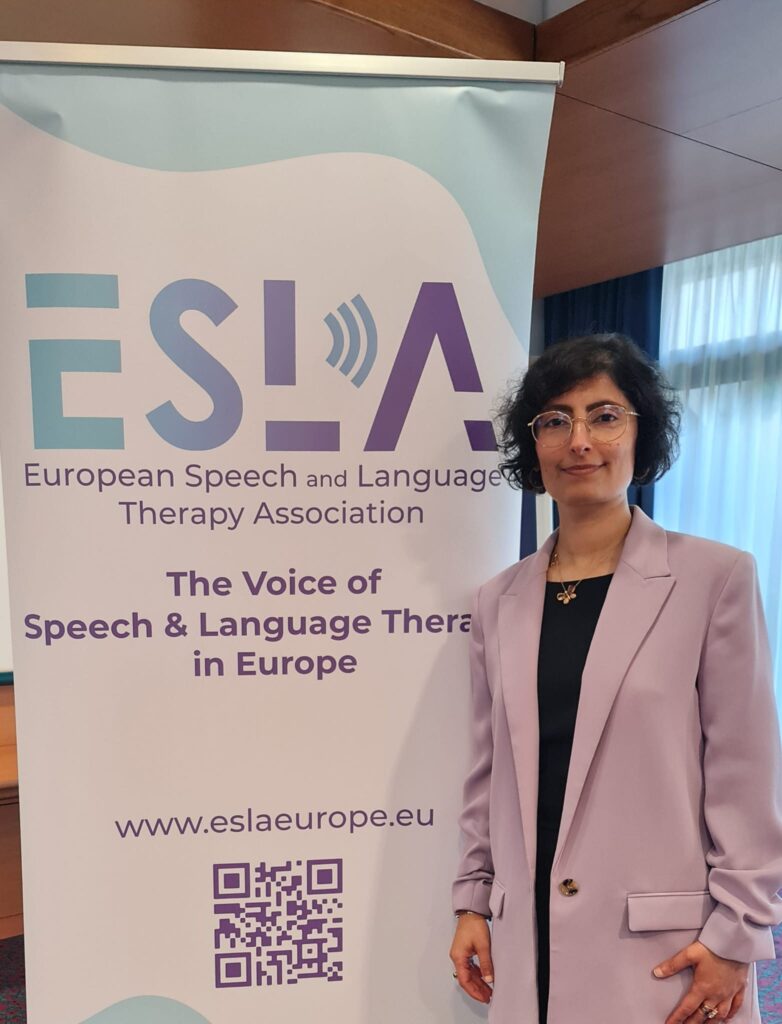
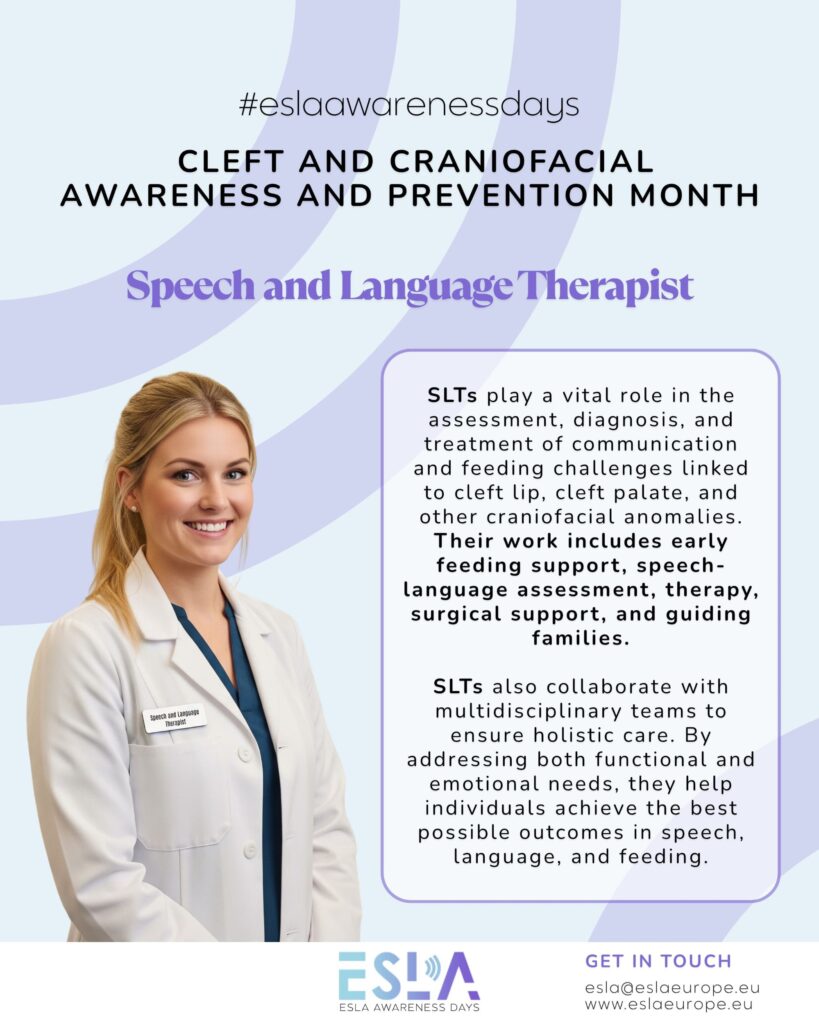
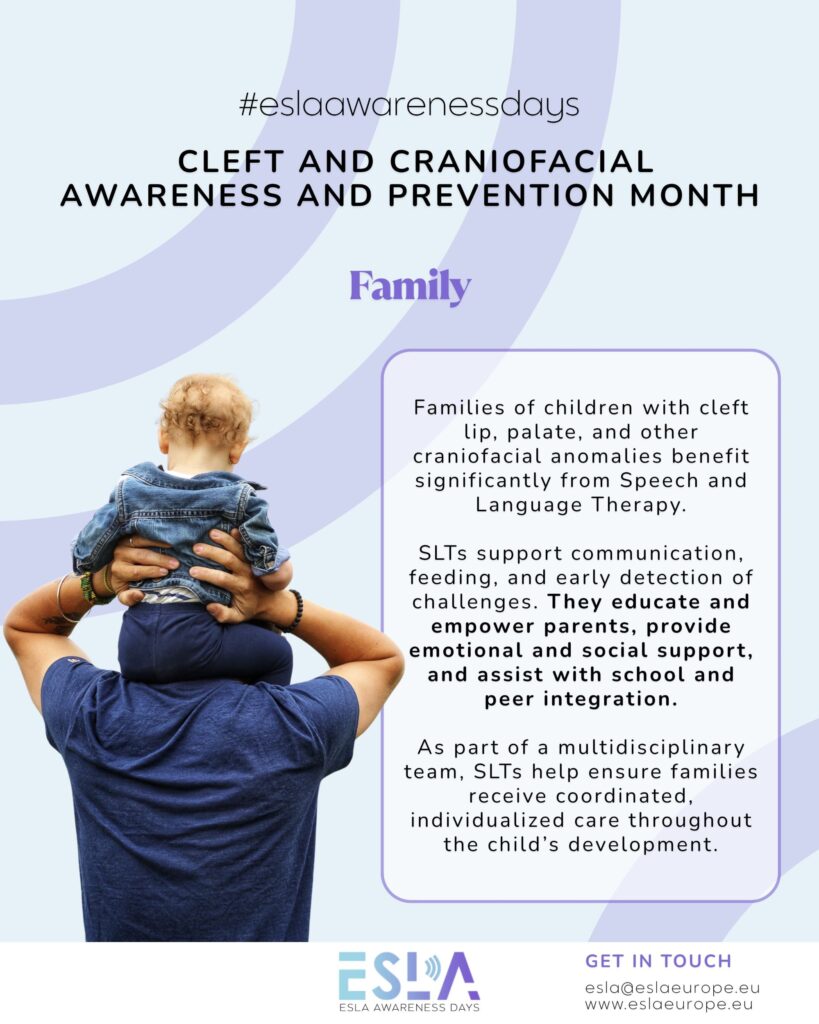
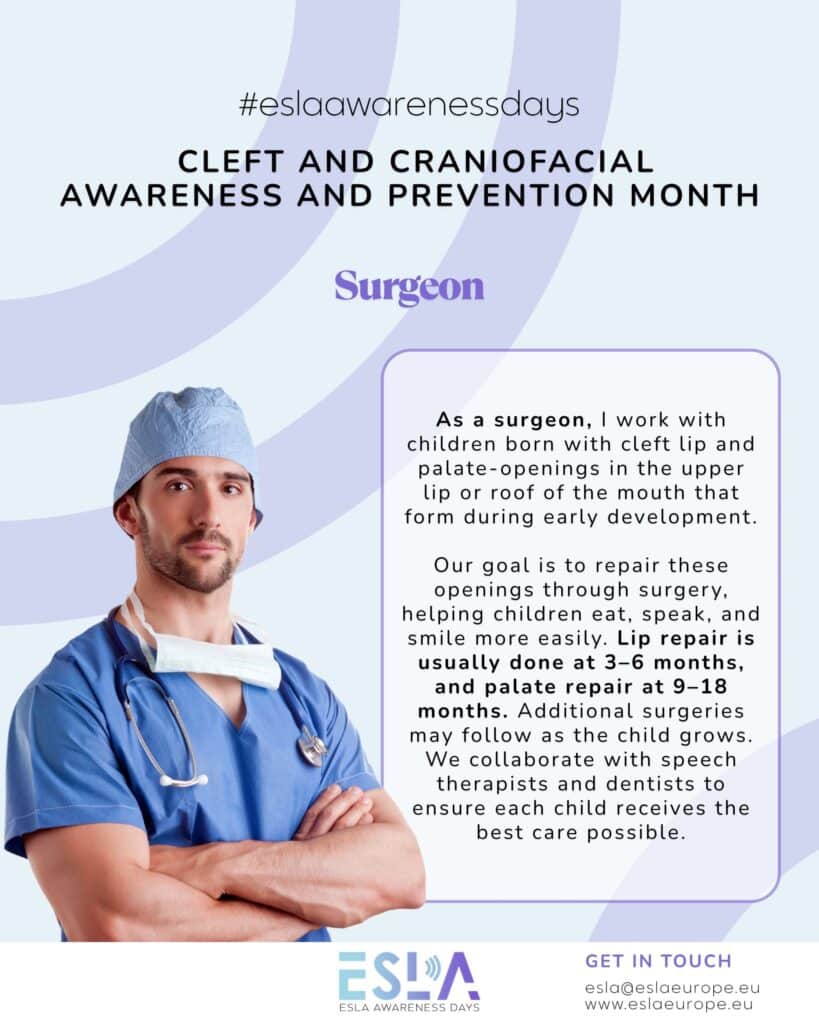
These posts were created by the European Speech and Language Therapy Association (ESLA), with visuals designed by R. Gülşah Özer.
